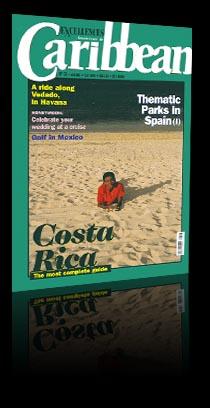Text and Poetic images in the Graphic Workshop
At the beginning of the 16th century, engraving became a common practice in the main book-producing centers of Europe. Fairs and markets offer books published in Nuremberg, Basel or Frankfort. Lavishly illustrated books with engravings of an extraordinary artistic and historic value.
Inevitably engraving turned into the complement of those first books, thus establishing a sort of fraternal relation between the letter and the printed image. French major engravers as Callot and Gellee in the middle of 17th century made of engraving a truly independent artistic phenomenon, assuming its informative and documentary nature from an aesthetic perspective. Thus turning engraving from a complement of a book into a work of art. The diversity of styles, currents, artistic movements and forms of expression with which the 19th century began, opens up a new space for engraving. Lithography supports publicity demanded by the increasing and fast industrial development. The famous cigar bands and rum labels appeared in Cuba with custom motifs, romantic landscapes, portraits of illustrious figures and popular caricatures. This diversity revalued the artistic condition of engraving, especially in one of its more popular techniques: lithography. Lithography was turned into in an effective means for the increasing need to develop a protectionist and promotional art of products while, on the other hand, was an ideal procedure for what we describe today as political poster, leaving room for caricature as a social satire, a genre that exhibits among its main exponents the French painter, Henry Toulouse-Lautrec. So much splendor attained by engraving in the 19th century, contrasts with its decline in the first half of the 20th century. Even the beautiful motifs portrayed in cigar bands and labels by means of lithography stopped. Painting takes now the leading role in the most important art centers. At the doors of the 21st century, engraving seems to recover from its crisis and adjust its formats and concepts to present times. In Cuba there is a marked concern for preserving the traditional ways of engraving.Havana's Experimental Graphic Workshop is an example of such a concern, retaking such old formulae of illustrating texts with original engravings, conserving the autonomous nature of them. Recently this Workshop, located at Havana's Cathedral Square, has begun SOS Taller collection, a publication that consists of a single sheet, containing a printed poem illustrated by an engraver. Likewise the publishing works for two books of art have begun: Memoria de la memoria with homonymous text by the Colombian writer Fernando Soto Aparicio and engravings of Argentinean, Colombian and Cuban artists and Fin de milenio by Raimundo Respall with engravings by Colombian and Cuban artists. Following this line, the Workshop exhibits a beautiful serial portfolio containing: a poem by Pablo Armando Fernández, a tempera graphic by Eduardo Roca (Choco), a poem by César López, a tempera graphic by José Omar Torres and a critic by Roger Ávila. To reestablish the old link between the graphic image and the literary text has become another line in the creative process of artists from the Havana Cathedral Workshop.






























































